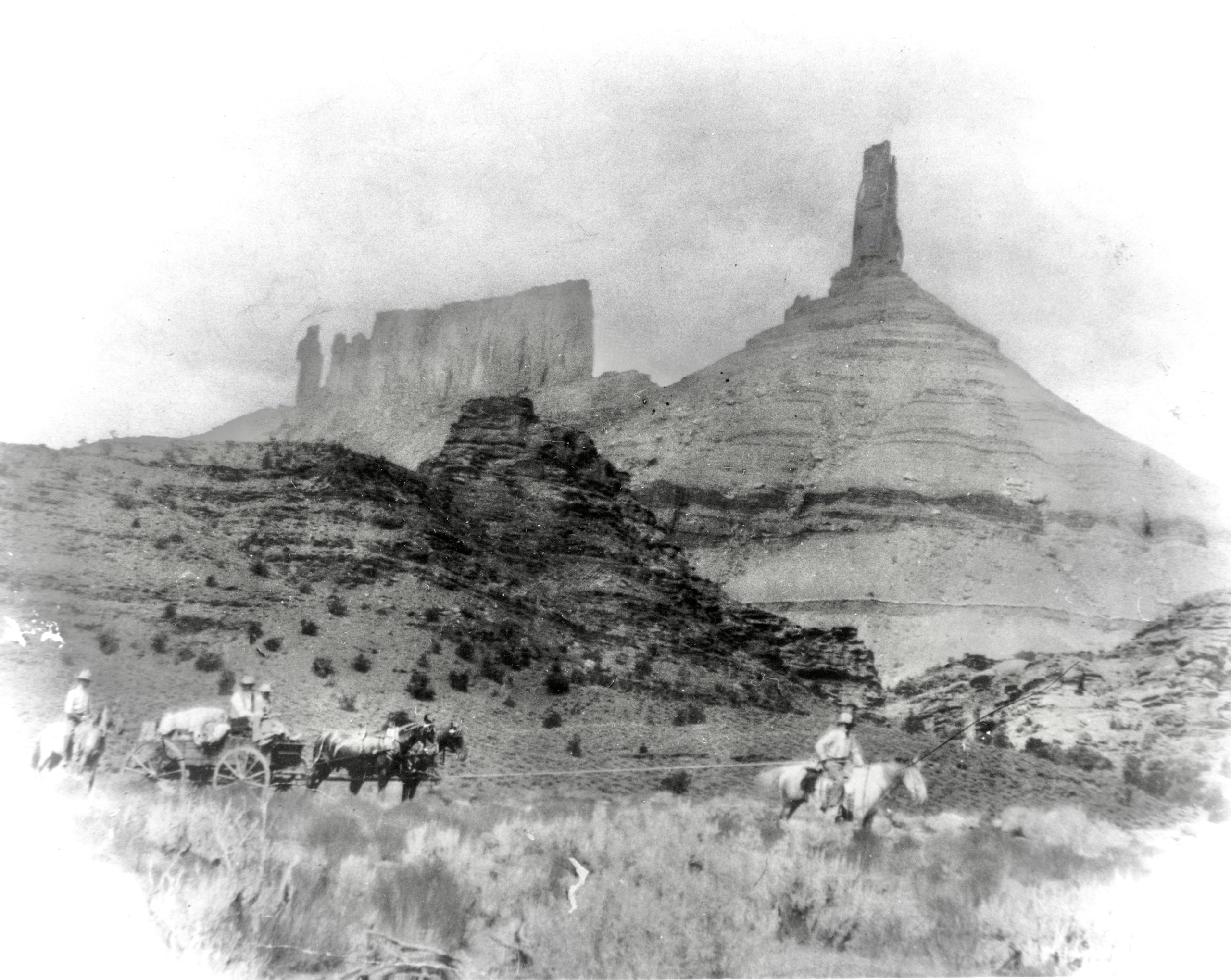Some information may be outdated.
Tucked between the imposing profile of Porcupine Rim and some of the most dramatic rock spires in canyon country, Castle Valley is home to both remarkable geologic and human history. As is the case everywhere, the landscape has made deep impressions on the people who live in the region. One part of this long human history is the story of ranching, which was a primary lifestyle in Castle Valley for decades.

The broad, low valley floor attracted Euro-American settlers to ranch in the area in the late 1800s. Early settlers to the area founded the towns of Castleton and Miner’s Basin, and for decades, Castle Valley was home to a few sparse ranches. This settlement displaced Indigenous people of the region, including the Ute people.
Castle Valley ranchers included the Pace family. John E. Pace, formerly of Payson, Utah, settled in the region in 1888 with his wife Annie Sargeant. Pace served as one of the region’s first representatives to the Utah Legislature, and he played a large role in developing roads and other Grand County projects. The Pace Ranch was well-known for its cattle and abundant harvests, and the family ran a small store selling dry goods and tools. Another early ranching family in the Castle Valley area was the Martins. The Martins had come to the Colorado Plateau from Iowa and made their home in Castle Valley ranching for decades.

Eventually, changing economic forces ushered in new eras for the small settlements of Grand County. Mining in the La Sal Mountains proved to be less lucrative than initially hoped for, and the populations of Miner’s Basin and Castleton dried up. People moved away, and land once used for ranching in Castle Valley was divided into smaller parcels for development. While much has changed in the time since ranching’s heyday in Castle Valley, the tradition of agriculture continues in Castle Valley to this day.
The Moab Museum is dedicated to sharing stories of the natural and human history of the Moab area. To explore more of Moab’s stories and artifacts, find out about upcoming programs, and become a Member, visit www.moabmuseum.org.
Appreciate the coverage? Help keep local news alive.
Chip in to support the Moab Sun News.





